What Are Burrknot Borers: Symptoms And Causes Of Burrknot In Trees
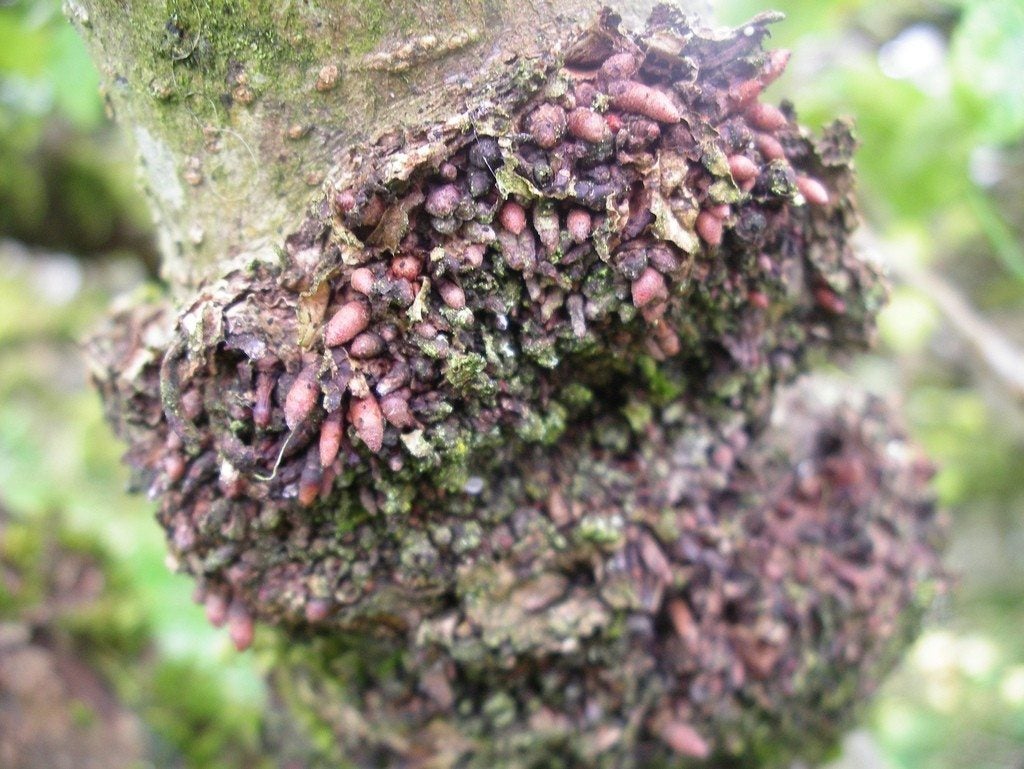

Grafted trees are prone to many strange tricks, sometimes sending out angry-looking spines or armies of water sprouts like tiny soldiers emerging from the bottom of the tree. Burrknot of trees occurs when these rootstocks push out incomplete clusters of aerial roots, forming a rough, roundish area below the graft. Generally speaking, these burrknots aren't harmful, unless burrknot borers are in the area.
Symptoms of Burrknot Borers
Burrknot borers, more commonly known as dogwood borers, are the larval form of a clearwing moth. Females lay eggs that will hatch in a little over a week in burrknots on trees. When the tiny larvae emerge, they bore into the burrknot, pushing out a rust-colored frass as they go. This discoloration on the surface of the burrknot may be the first and only sign of infestation. Sites that have been used for breeding over many generations may allow the tree to be girdled over time, as larvae dig deeper and deeper through the burrknot, into healthy tissues. Chronically infested trees may slowly decline and, if they're fruiting species, gradually show a drop in their production as the infestation expands.
Causes of Burrknot
Burrknots commonly appear on grafted trees, no rootstock appears to be immune. High humidity and shading of the graft union tend to encourage formation of these structures. Many growers mound a wide cone of soil around the exposed portion of the rootstock to encourage these burrknots to develop fully into roots, reducing their risk of harboring borers.
Borer-Infested Burrknot Treatment
Treatment for burrknot borers can be difficult since they spend most of their lives inside of host trees, but pheromone traps can help detect adults on the move. Place these about 4 feet (1 m.) above the ground early in the season so you'll be ready when it's time to spray. A single application of chlorpyrifos directly on and around the burrknots after the first dogwood borer appears in your trap should be sufficient for the rest of the season. You can prevent dogwood borers from infesting burrknots by applying a white coat of latex paint to the rootstock of any trees at risk and providing them with excellent care. Like other borers, dogwood borers prefer trees that are stressed and will seek them out above all others.
Gardening tips, videos, info and more delivered right to your inbox!
Sign up for the Gardening Know How newsletter today and receive a free copy of our e-book "How to Grow Delicious Tomatoes".

Kristi Waterworth was a regular contributor to Gardening Know How for many years, answering countless queries on plant pests and diseases.
-
 Looking For Plants To Give You The Soft And Fuzzies? Try These 5 Fuzzy Leaf Plant Options
Looking For Plants To Give You The Soft And Fuzzies? Try These 5 Fuzzy Leaf Plant OptionsLovers of texture, drama, silver foliage and tactile plants will adore these special sensory garden additions. These fuzzy leaf plant options will leave you all aglow
By Susan Albert
-
 Get Ready For A Summer Of Hummers! Grow These Full Sun Hummingbird Plants and Flowers
Get Ready For A Summer Of Hummers! Grow These Full Sun Hummingbird Plants and FlowersIf you’re lucky enough to enjoy a sunny backyard, make sure you are maxing out on your pollinator opportunities and grow these full sun hummingbird plants and flowers
By Tonya Barnett
-
 Best Trees For Carbon Sequestration And Climate Change
Best Trees For Carbon Sequestration And Climate ChangeLet’s keep planting trees. They are our best bet for capturing carbon and may help with our global warming issues.
By Teo Spengler
-
 7 Invasive Trees You Should Never Plant In Your Yard Or Garden
7 Invasive Trees You Should Never Plant In Your Yard Or GardenWhat are some invasive trees you should never plant in your yard? Click here to find out.
By Teo Spengler
-
 How Close Can You Plant A Tree To A Stump?
How Close Can You Plant A Tree To A Stump?Looking to plant new trees near old stumps or where stumps have been removed? Click here to learn how.
By Teo Spengler
-
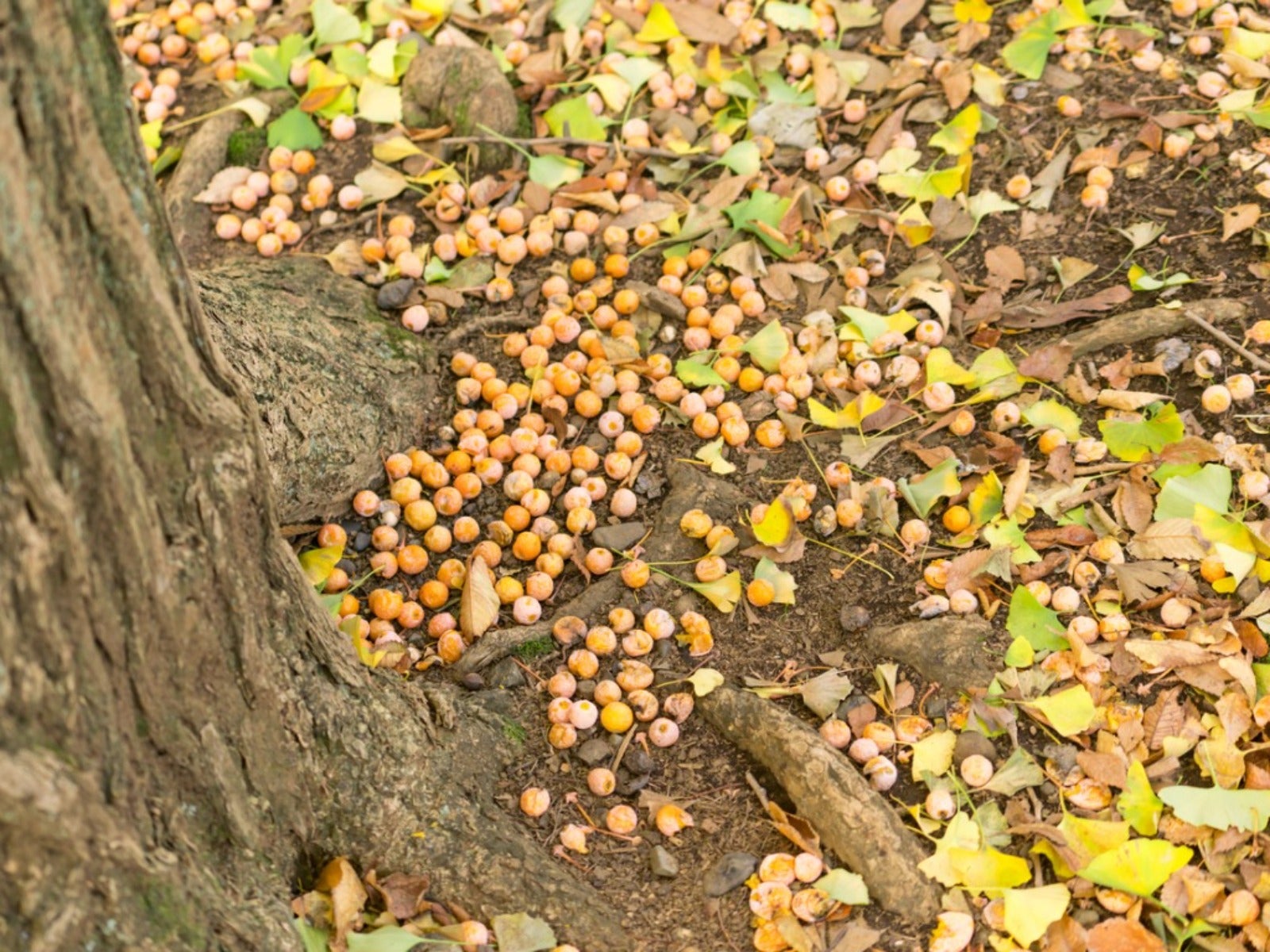 Messiest Trees That Drop Debris Everywhere
Messiest Trees That Drop Debris EverywhereWant to know which trees will create the biggest messes in your home landscape? Click here to find out.
By Amy Grant
-
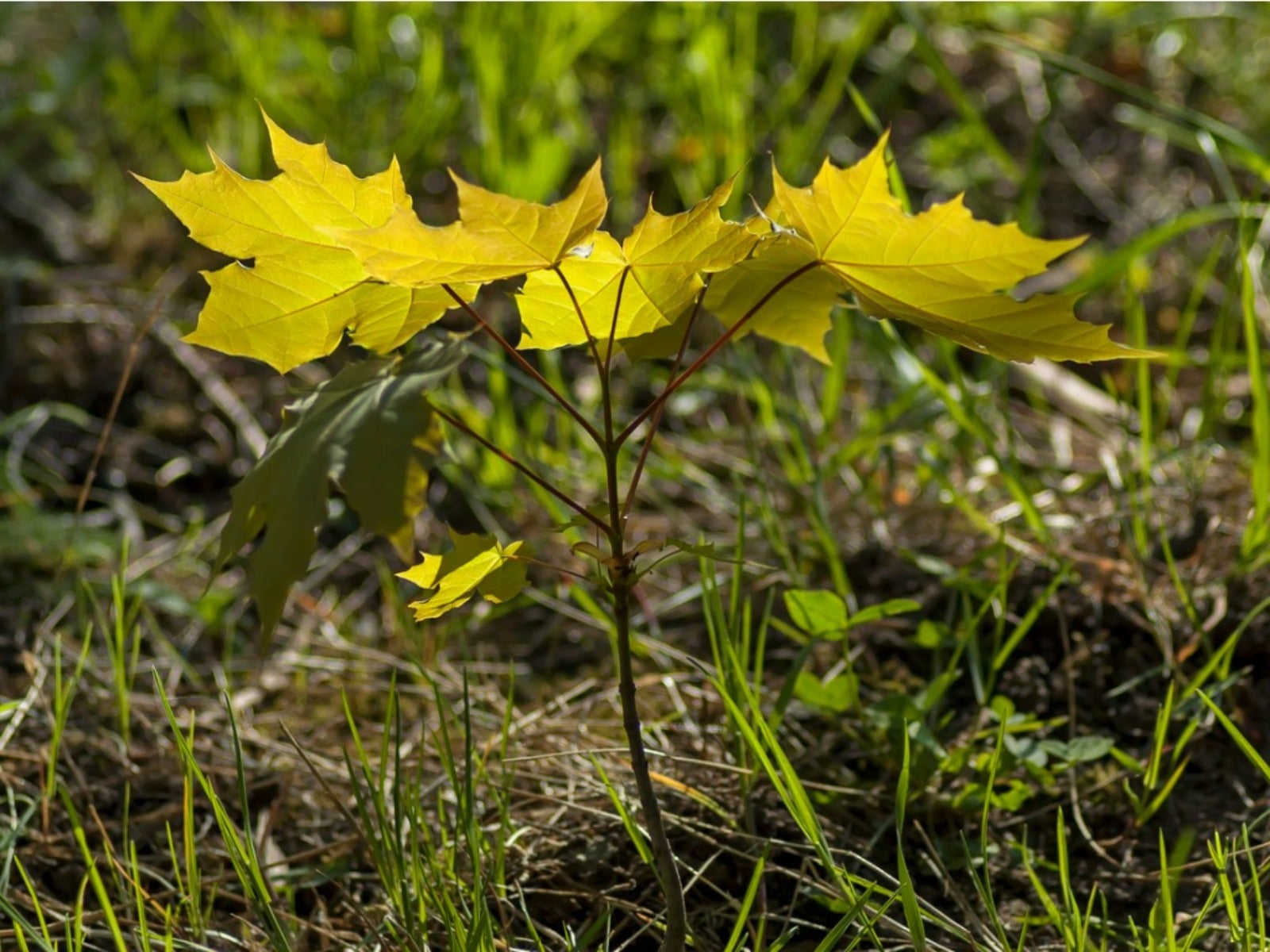 How To Get Rid Of Tree Sprouts In The Yard From Nearby Trees
How To Get Rid Of Tree Sprouts In The Yard From Nearby TreesLearn the simple way to keep pesky tree seedlings in your lawn from becoming saplings.
By Teo Spengler
-
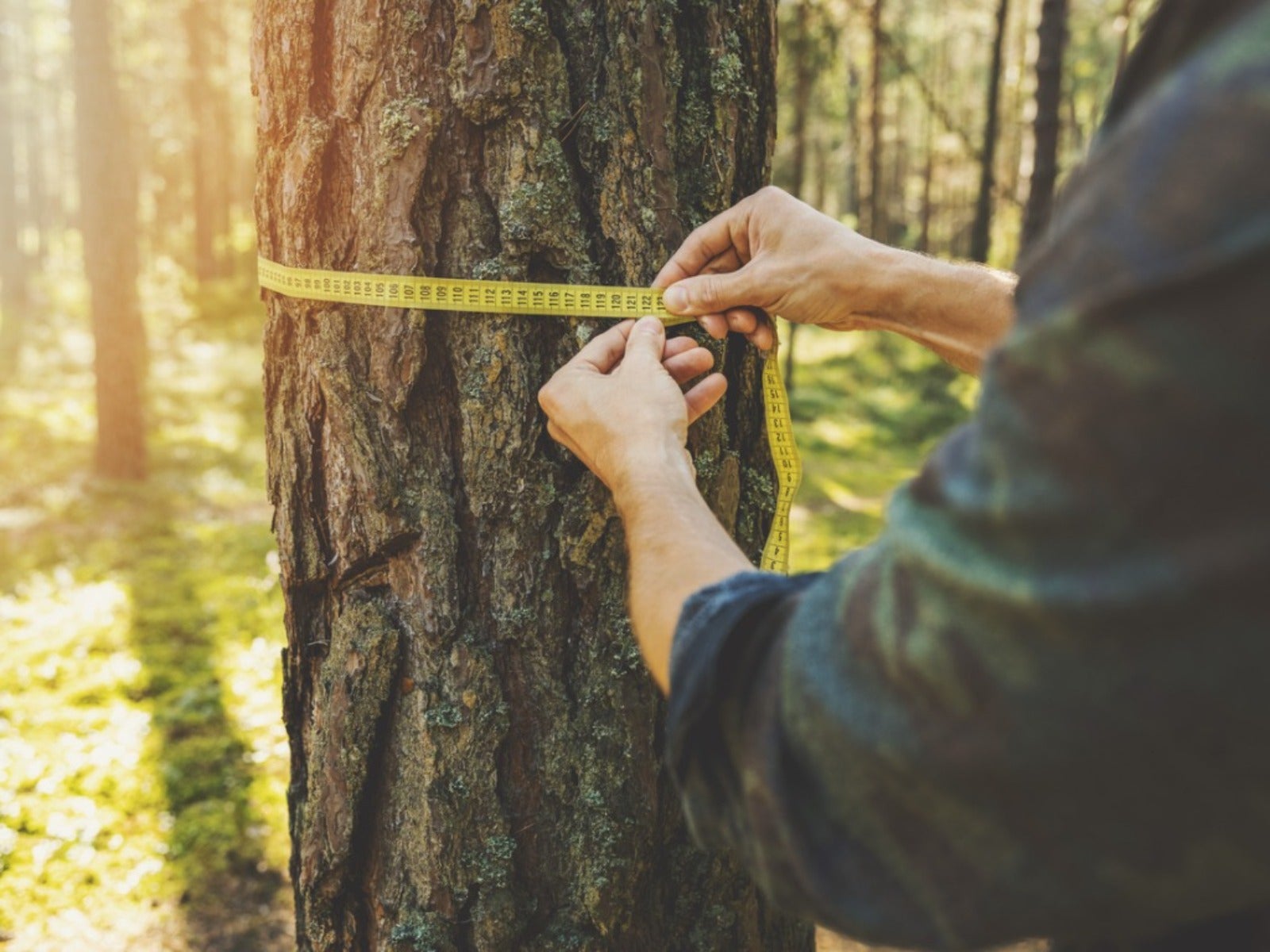 How To Tell How Old A Tree Is
How To Tell How Old A Tree IsEver wondered how to calculate the age of a tree? Click here to learn all about it.
By Teo Spengler
-
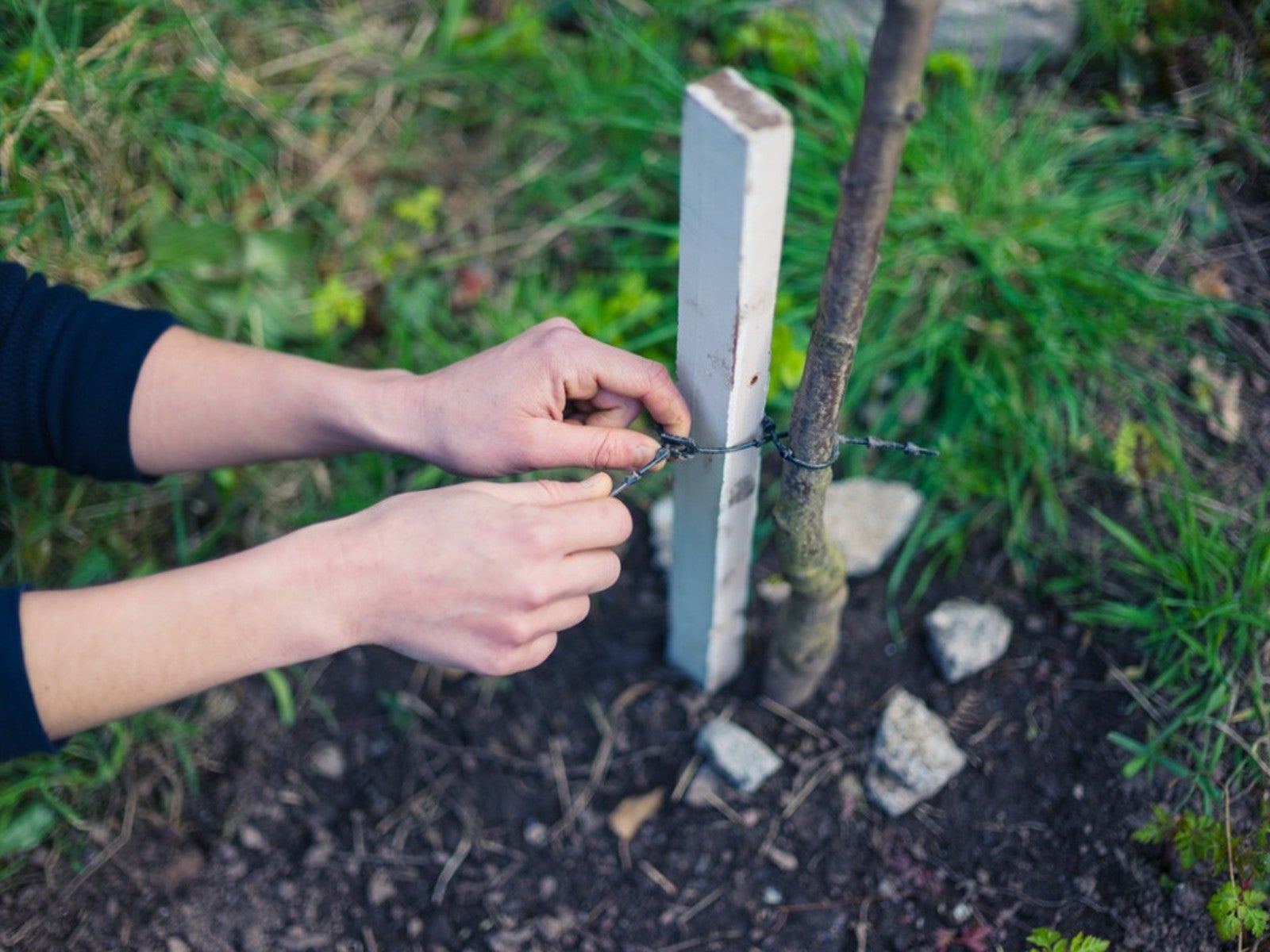 When To Remove Tree Stakes From Saplings
When To Remove Tree Stakes From SaplingsA newly planted tree may grow strong when it’s staked, but don’t forget to remove the stakes when it’s stable.
By Teo Spengler
-
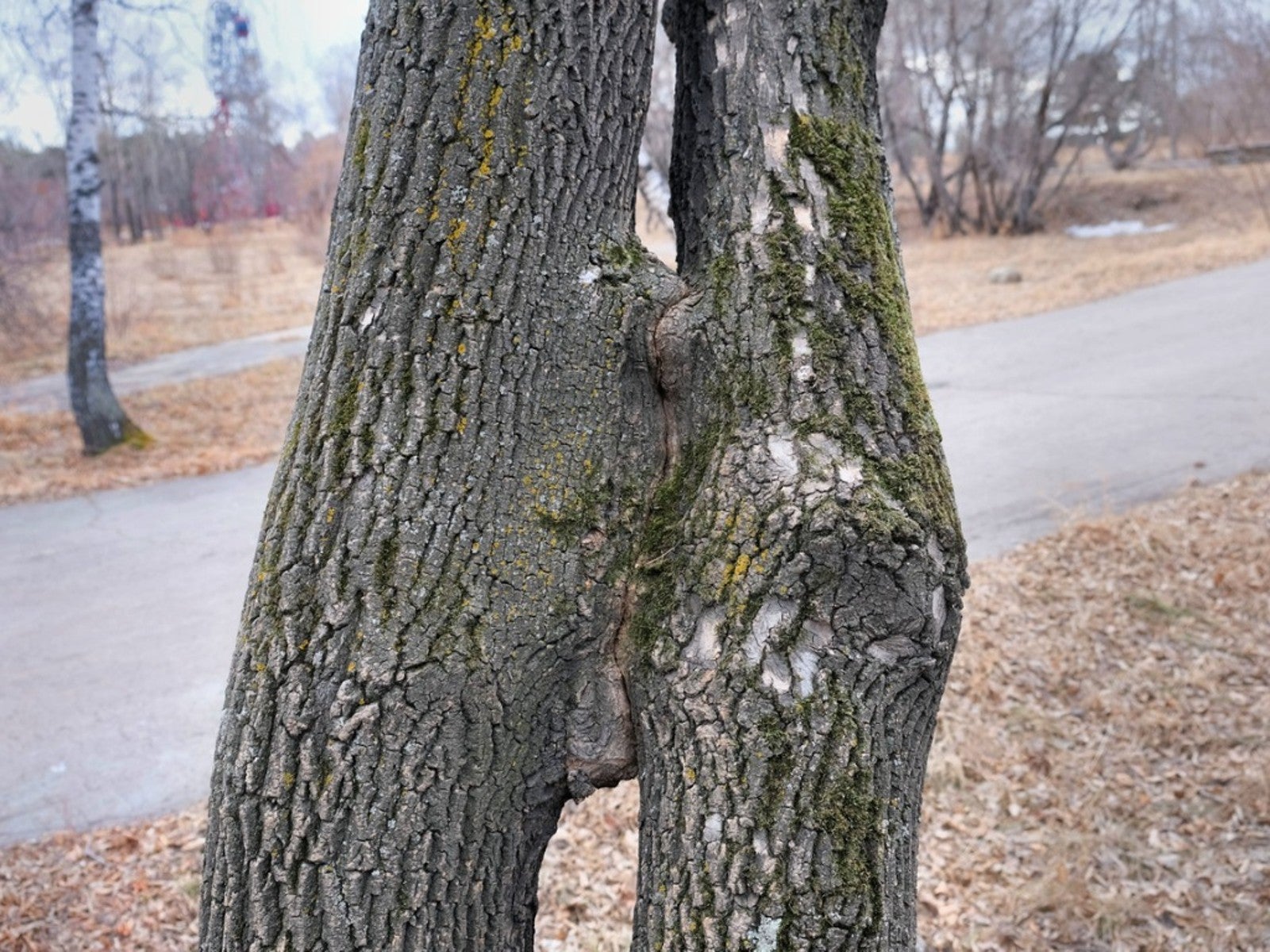 Inosculation And Trees Growing Together
Inosculation And Trees Growing TogetherIf you ever see two trees that have bonded and grown together, read here to learn why and how it happens.
By Teo Spengler